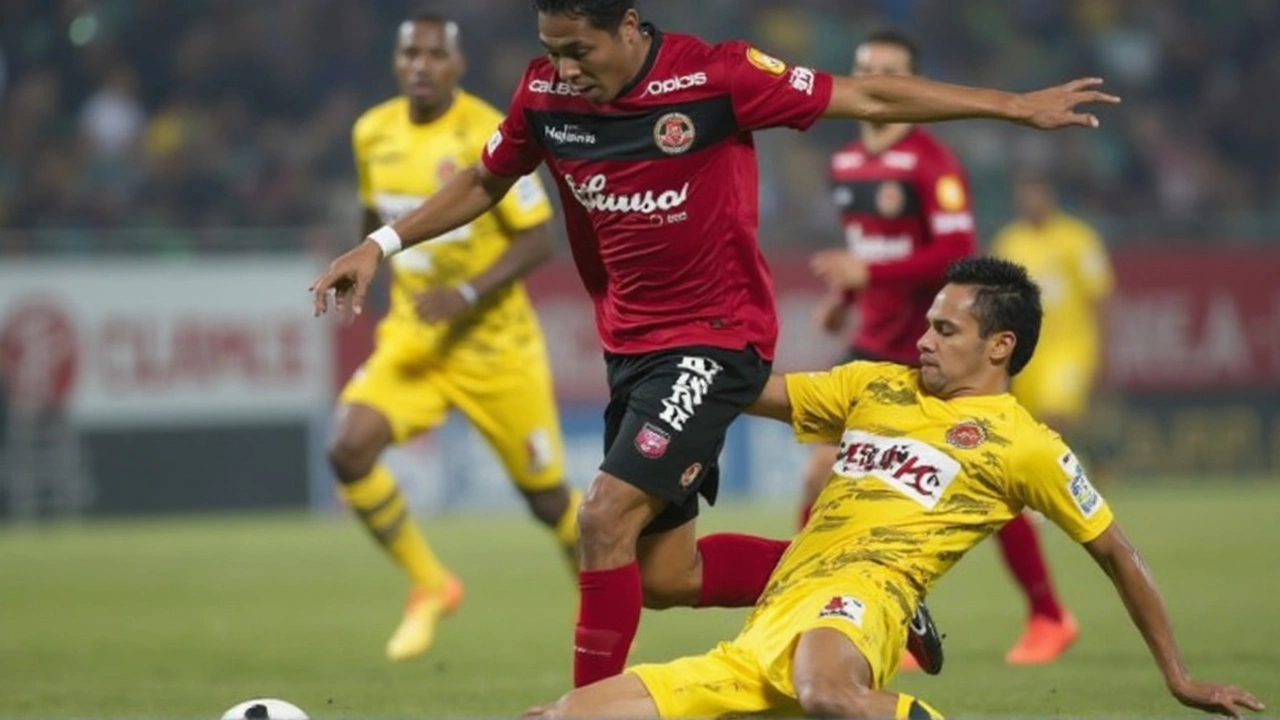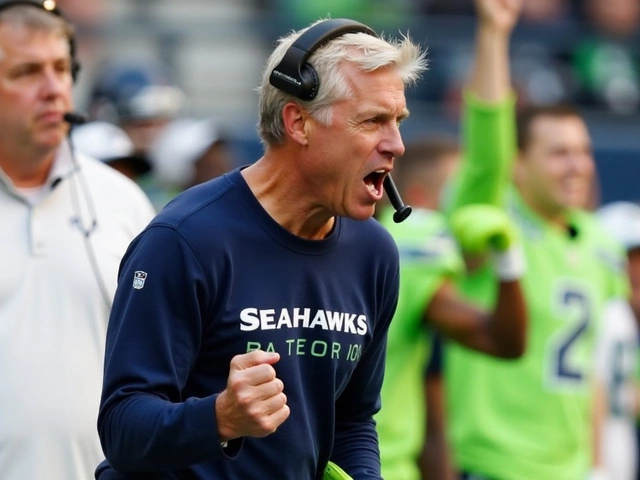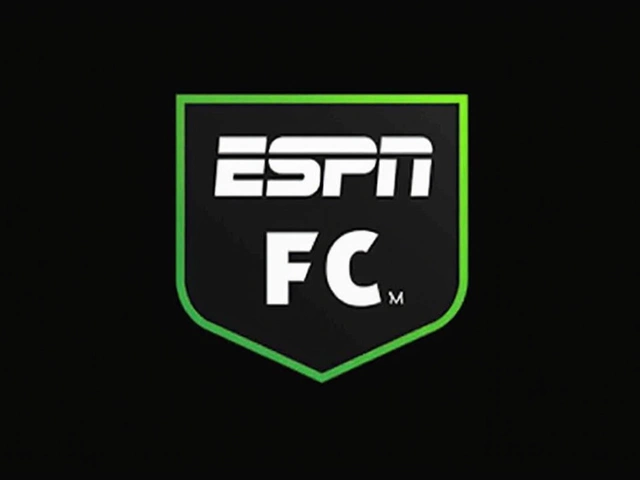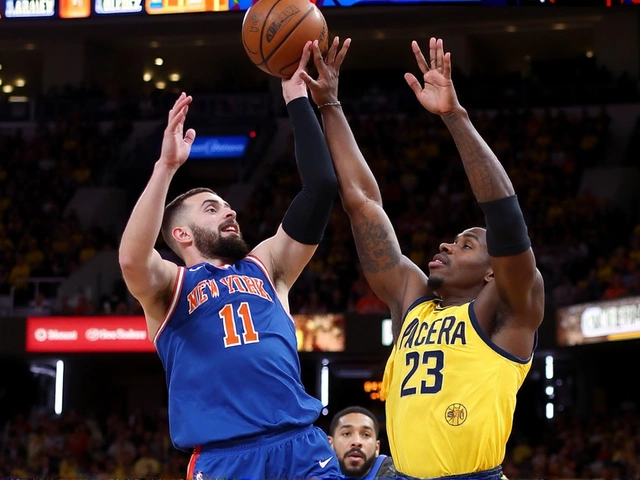Xolos vs. Club América: How American Talent Shaped a Memorable Win
Back in January 2014, Club Tijuana Xolos pulled off a memorable win against Club América, and for once the spotlight was all about the Americans. In a league where local heroes usually grab the headlines, it was a crew of U.S. players—especially Joe Gomez—who flipped the script.
Xolos have always been a bit of an outlier. Based just miles from the border, they've drawn on American talent for years, and this match was the perfect example of cross-border football in action. Joe Gomez took center stage, not just locked into one spot but darting across the lineup. He filled roles in defense, then moved up to contribute in midfield, unsettling América's shape and making life frustrating for their attackers.
The match itself didn't get the usual star power treatment, but anyone watching could see Gomez was everywhere. He tracked back to snuff out threats, linked up with the midfield, and even got forward to help create attacking opportunities. That sort of versatility might go unnoticed in the stat sheets, but on the pitch, it was the glue that held Xolos together.
You can't talk about Xolos' 2014 roster without mentioning the growing American presence. With U.S. soccer prospects often fighting for recognition on home soil, Tijuana threw them the lifeline. That night against América, the Americans weren't just warm bodies—they were playmakers, holding the line, driving the ball, and chasing every loose pass. For a Liga MX club, this kind of faith in American development was rare, and it paid off big time.

The Big Picture: Why American Players Mattered
This wasn't a fluke, either. Xolos have a history of stacking their squad with U.S. talent, creating a bridge for young players trying to cut their teeth overseas. Joe Gomez might have been the standout, but he was part of a bigger experiment—proving that American soccer, so often written off as second-tier, has grit and skill to offer at the highest levels of the Mexican league.
Word inside the club was that the Americans brought a different intensity. Gomez, with his ability to switch positions on the fly, gave the coach options that few Liga MX clubs could boast. And even if you missed the final score that day, the sense was clear—Tijuana Xolos, powered by a wave of motivated Americans, were more than just underdogs. They were the new blueprint for what cross-border soccer could become.





